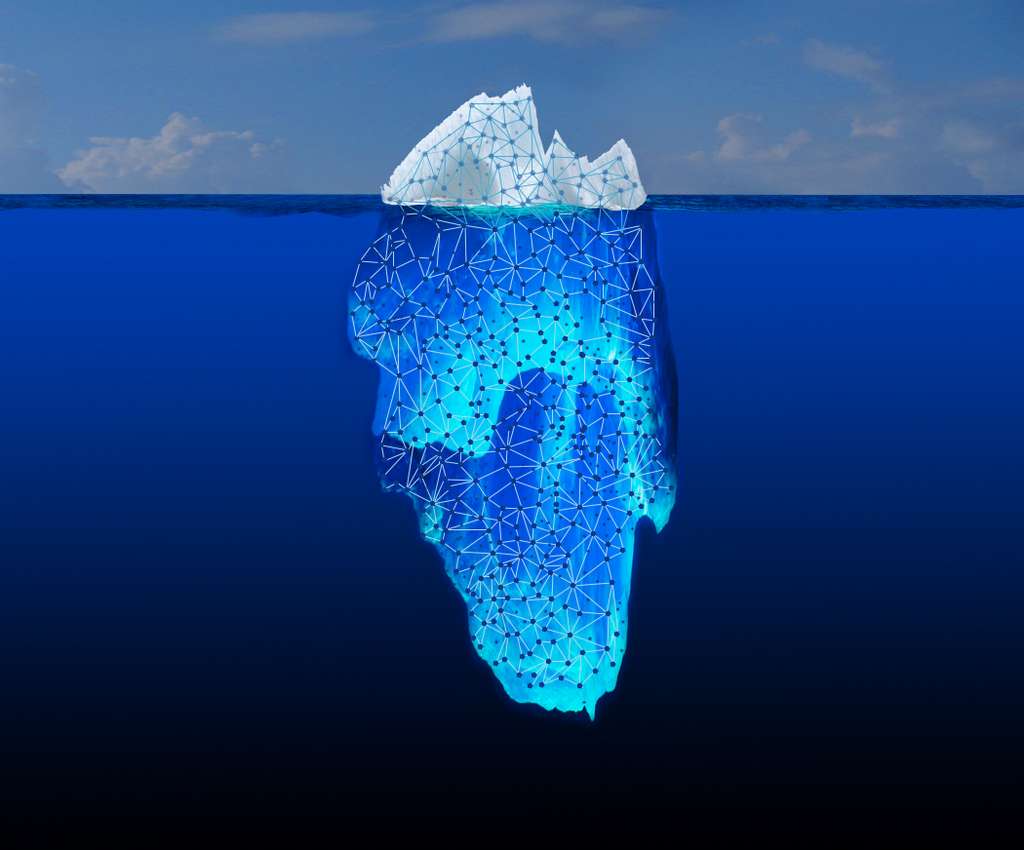


A similar trend was observed in C org/ 234Th activity, being highest near C-18a and lowest at the control site. The mean mass flux and organic carbon flux associated with iceberg C-18a were twice as high, 124 mg m −2 d −1 and 5.6 mg C org m −2 d −1, respectively, than at the control site. Phytoplankton abundance, microbial abundance and biomass were significantly higher in the LST samples than in open-water collections at 500 m depth. One LST deployment at a “control” site 74 km away in open water devoid of icebergs collected diatom frustules, euphausiid molts, crustacean fecal material and detrital aggregates. Three LST deployments associated with C-18a, within a 30-km radius, collected sinking diatom frustules, dominated by Corethron pennatum and Fragilariopsis nana, euphausiid fragments, crustacean and fish fecal material, detrital aggregates and mineral grains. Lagrangian Sediment Traps (LST) were deployed autonomously beneath a large tabular, free-drifting iceberg (C-18a) in the NW Weddell Sea during March and April 2009 to collect sinking particles at a depth of 600 m. Enrichment of the pelagic ecosystem associated with the proliferation of free-drifting icebergs prompts questions about increased productivity and the export flux of organic carbon to the deep ocean with continued climate warming.


 0 kommentar(er)
0 kommentar(er)
